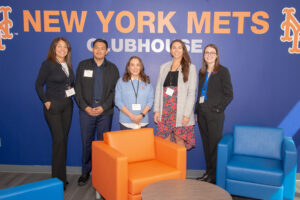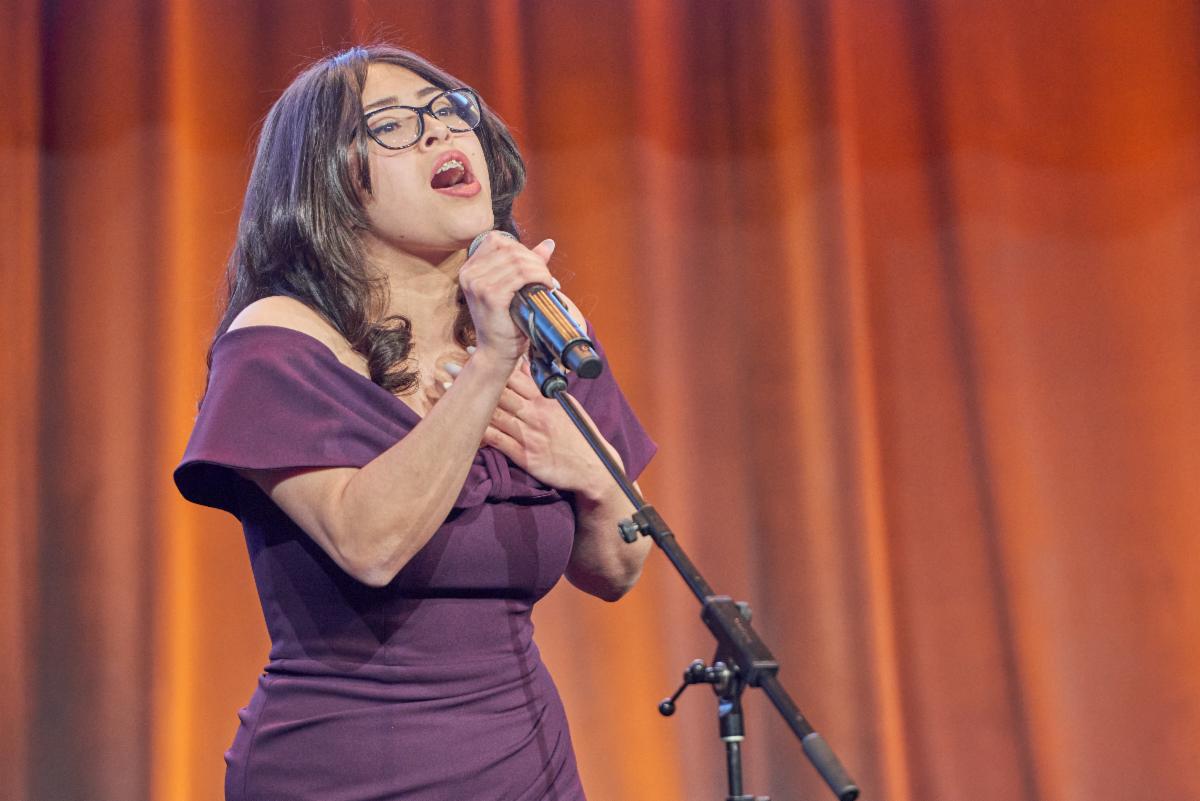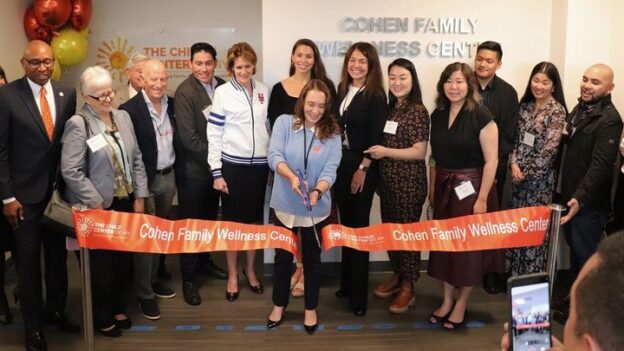Danny is a talented, hardworking young man who mentors youth in his community and enjoys practicing martial arts. One day while walking home from school, he was at the wrong place at the wrong time and was involved in a tragic incident. As a result, Danny got caught up in the justice system through no fault of his own. Part of his court mandate was going to therapy, which he got at our Residential Treatment Facility and Cohen Family Wellness Center. Now he pays it forward by serving as an advocate for himself and other young people. Danny was a featured speaker at The Child Center of NY’s 70th anniversary gala. Below are his prepared remarks. You also can watch the video above to hear him tell his story at the gala.
Hello, everyone. Tonight, I am here as an advocate. The Child Center invests in young people and their families, and they supported me when I needed it. The Child Center provided me with a great outlet. I did therapy for two years with a counselor who really helped me. I have experienced several challenges and I wouldn’t be where I am today without that support. I will share my story to show you that when you invest in young people, you help them live healthy, fulfilling lives. Young people can be positive influences on other young people and be change agents in their communities. I am living proof of that. I have a much longer story to tell, but I will make it brief for you.
I have a brother who struggles with mental disorder and it made my home life very difficult. He’s been in psychiatric facilities since he was little, and he missed out on his childhood. He is impulsive and has violent tendencies, so I was always in survival mode. I pressured myself to protect my baby brother from our older brother. I worried about his safety. My mother is a single mother, and I did everything for my baby brother while she was at work.
The situation at home made me depressed and I was having trouble in school. I used to be a good student, but I was skipping classes and it was really out of character. Things were really rocky.
When I was sixteen years old, there was an incident where I was stabbed while walking home and it was a case of mistaken identity. I study martial arts and I defended myself. Unfortunately, the other person ended up partially paralyzed. And because both of our fingerprints were on the knife, we were both charged with attempted murder. This incident occurred at the height of the pandemic. And because of COVID regulations, my case moved slowly, the court date was delayed, and I was held in a detention center for over 8 months.
My family usually doesn’t show their emotions. But the day I was sentenced, I saw my family express their emotions for the first time and cry. I felt horrible.
Luckily, the house across the street had surveillance cameras and video was able to show everything that happened. My innocence was proven. The court expunged the case.
But the judge determined that because of the injuries inflicted on the other person were so severe, I used excessive force. She recommended that as part of my probation, I go to the Child Center’s Residential Treatment Facility, which also houses justice-involved youth. Part of the court mandate was that I go to therapy.
Therapy was a lifeline for me. After that whole experience, I have made big changes in my life. I made an effort to stay away from negative influences. I learned who I could trust and lost a lot of friends in the process. I moved out of the city and dedicated myself to becoming better. It’s gotten better. Through therapy, I’ve explored parts of myself I didn’t even know I had. I used to live in the past and I lost myself. I’ve learned to think ahead now.
I’m studying to get my real estate license and am an assistant manager at a retail store located near a middle school. The kids I see every day who come into my store, I can relate to them, I give them advice. Mentoring comes naturally to me. I was also a martial arts instructor. I used to visit schools and teach kids self-defense. I enjoyed this very much and plan to continue mentoring kids in the future.
I also visit my little brother and take him out, do fun things together because he should enjoy a normal childhood. My therapist taught me that it’s not about the time, it’s about the quality of the time you spend with someone. My little brother is six years old now, and he still calls me “Dad’ to this day because he sees me as a Dad. I’ve been a consistent – and the only – father figure in his life.
The Child Center showed me how to cope, distract myself from negative thoughts and identify what is going on. I can pursue a more normal life now. My coping skills, being able to identify problems, have helped me. Through my mental health counseling, I look at everything now with a different lens. When I look at friends, I ask, what baggage do I carry, what baggage do they carry? How can we help each other?
All the things I’ve learned at The Child Center enable me to pursue my dreams. I can work on my goals, be there for my family and have the tools to overcome challenges.
Like I said in the beginning, I am here as an advocate to tell my story and shed light on what’s happening with our youth. I am here as a testament. Our work here as a community is imperative to youth, especially those who’ve been given a bad hand, through no fault of their own. This is the way to lift each other up and build a brighter future, together. Thank you.






 On Thursday, May 11, The Child Center of NY,
On Thursday, May 11, The Child Center of NY, 
 May is
May is 












You must be logged in to post a comment.